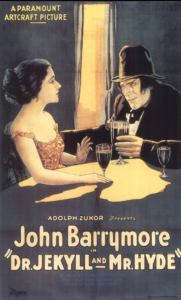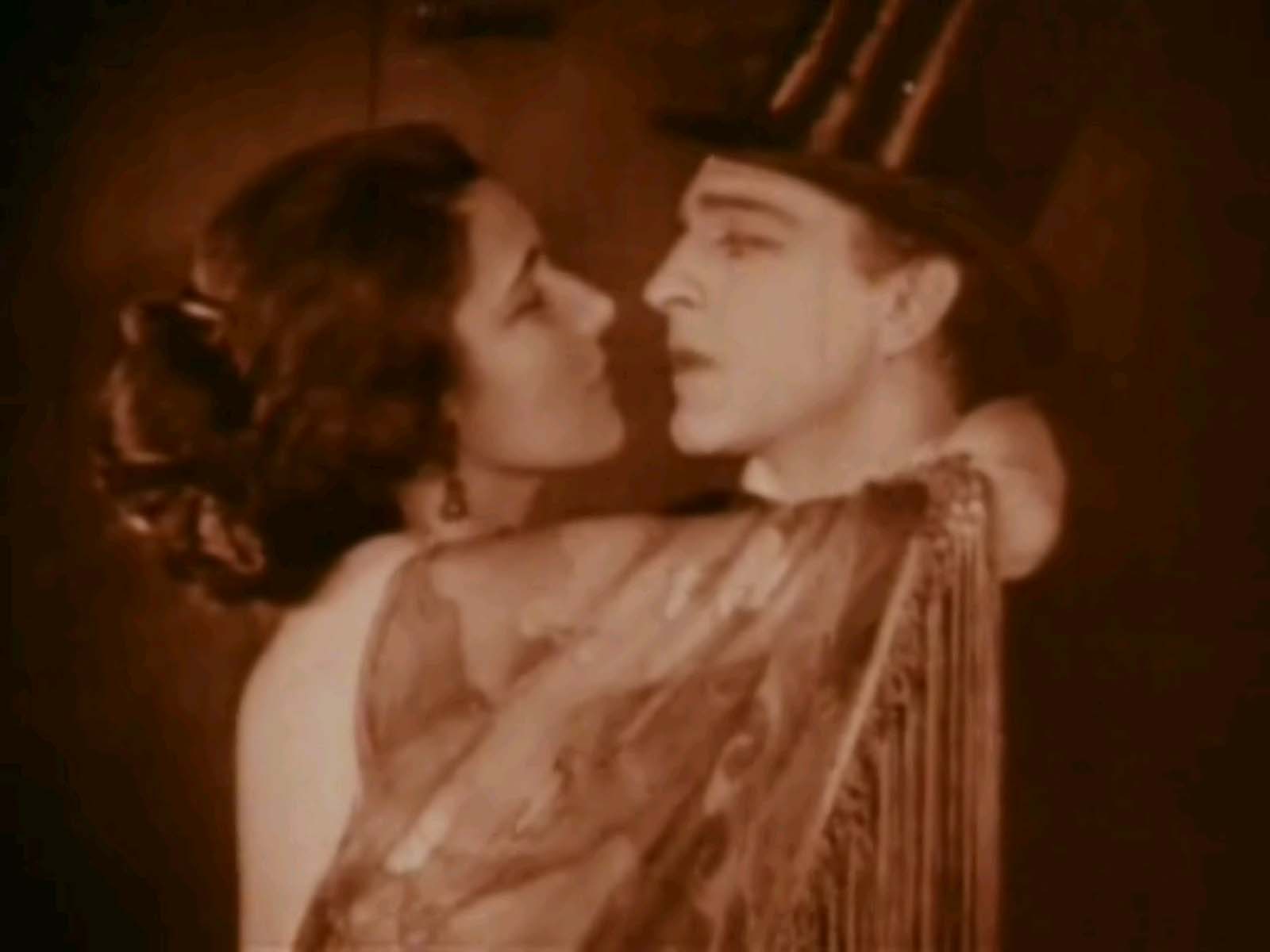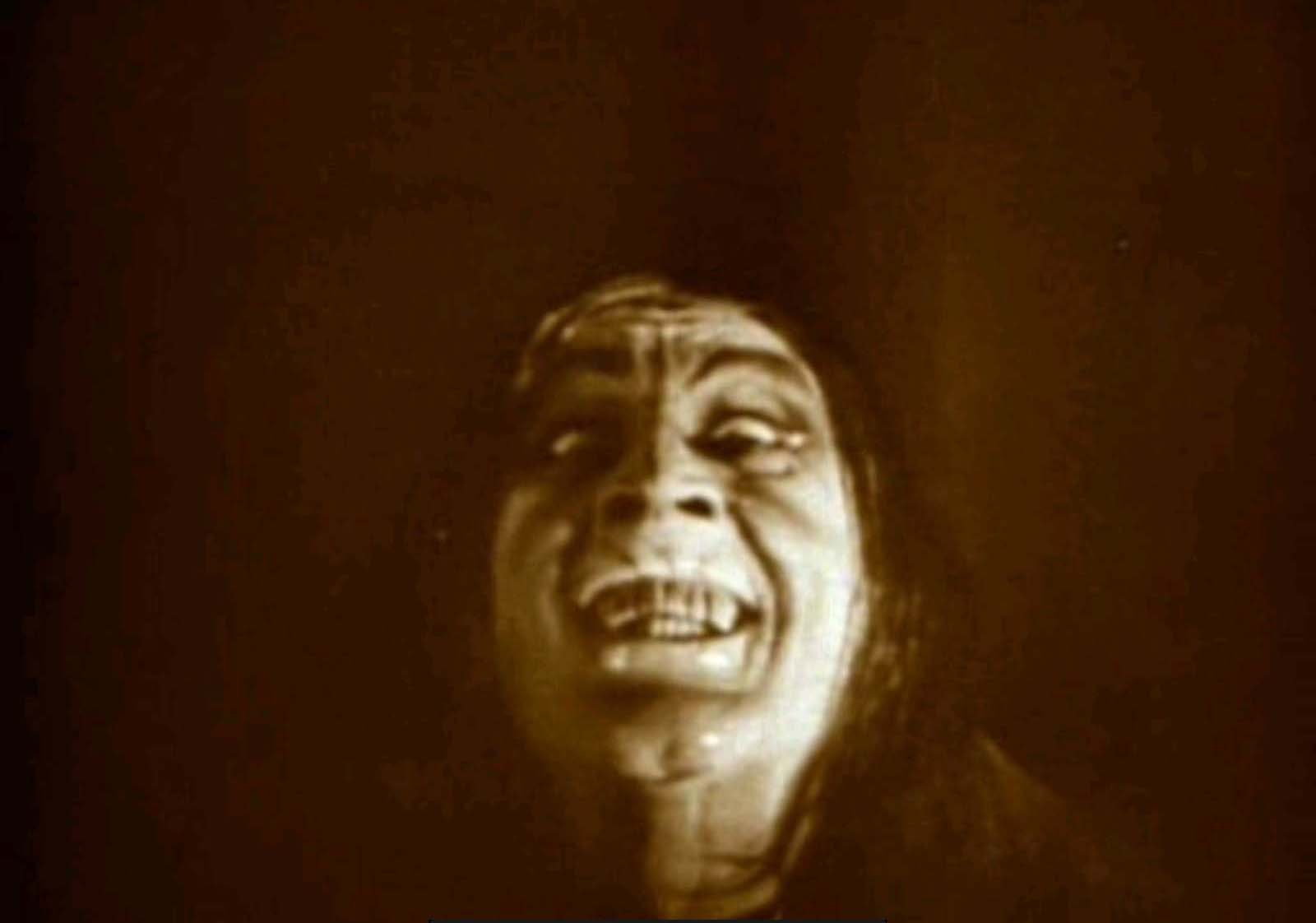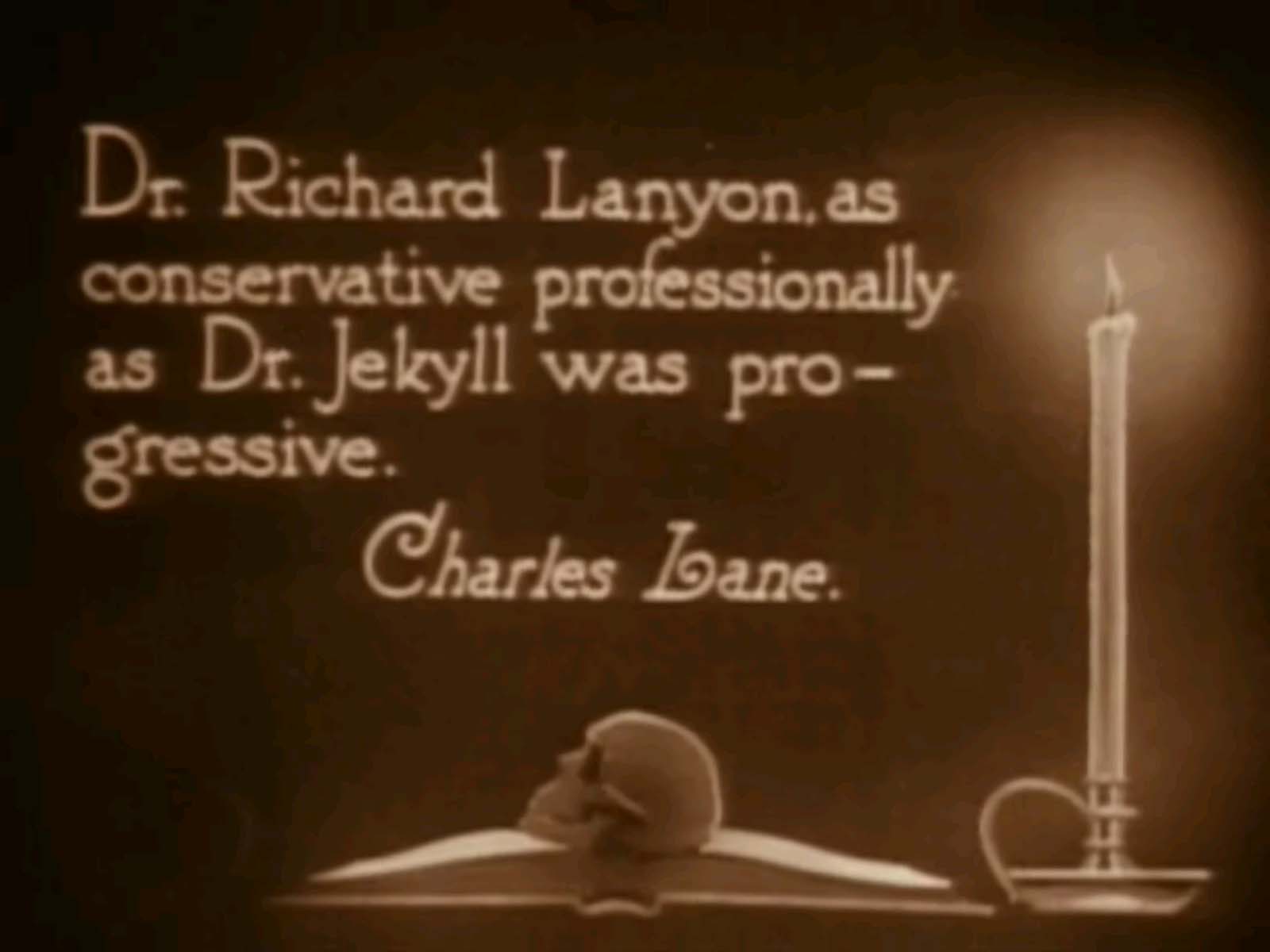“A man cannot destroy the savage in him by denying it; the only way to get rid of a temptation is to yield to it.”
|

Synopsis:
In Victorian England, philanthropic Dr. Jekyll (John Barrymore) experiments with a drug which changes him into the vile, hedonistic “Mr. Hyde” — but he soon finds himself unable to control his transformations, thus putting his own life in danger.
|
|
Genres:
- John Barrymore Films
- Mad Doctors and Scientists
- Multiple Personalities
- Silent Films
Review:
This early silent version of Robert Louis Stevenson’s classic novella The Strange Case of Dr. Jekyll and Mr. Hyde is regarded by many as one of the best. Unfortunately, John Barrymore’s flamboyant performance in the title role(s) is overly melodramatic, and his transformation from Dr. Jekyll to Mr. Hyde is more campy than frightening; at least he seems to be having a field day playing the nefarious Mr. Hyde — assisted by creepy make-up and prosthetics, he truly does come across as evil nature incarnate. Also of note is the brief appearance of Nita Naldi — the “female Valentino” — as a dance hall singer who turns on Dr. Jekyll’s lust; her initial outfits are shockingly risque.
Redeeming Qualities and Moments:
- A well-told, archetypal tale of good versus evil

- Nita Naldi as the sexy singer who first tempts Dr. Jekyll’s “baser” nature

- Effectively freaky make-up on “Mr. Hyde”

- Artistic intertitle cards

Must See?
Yes, simply for its historical significance.
Categories
Links:
|
One thought on “Dr. Jekyll and Mr. Hyde (1920)”
Yes, a must for its historical significance.
Barrymore’s performance is “flamboyant” but also, at times, surprisingly subtle, before turning beyond flamboyant to something so OTT you wonder, ‘What the h is IN that potion?!’ (A giggle or two could escape.)
Naldi – she of the not-quite-covered and heaving breasts – does appear all too briefly and exudes a shockingly modern aura.
Merits notwithstanding (inc. transformations/make-up), and like all too many silents when watched now, this is something of a slog for the first hour – however, the structure of clipped scenes in the last section makes for a brisk 20 minutes.
Much like ‘Dracula’, the influence of this piece, of course, continues to this day – through ‘The Picture of Dorian Gray’ to ‘The Nutty Professor’ to ‘Lost Highway’. So it’s worthwhile to trace to the root, tho I recall the book being better/richer than any of the filmed versions.